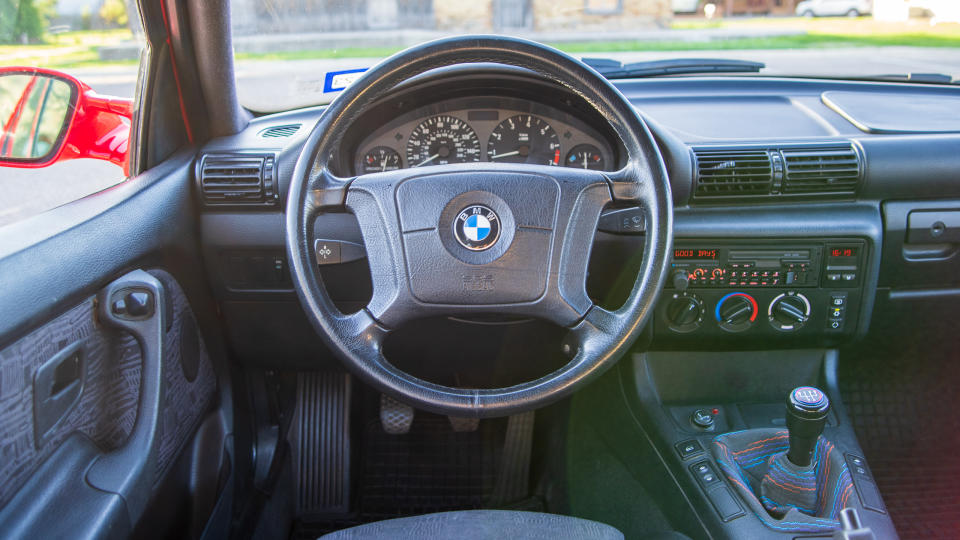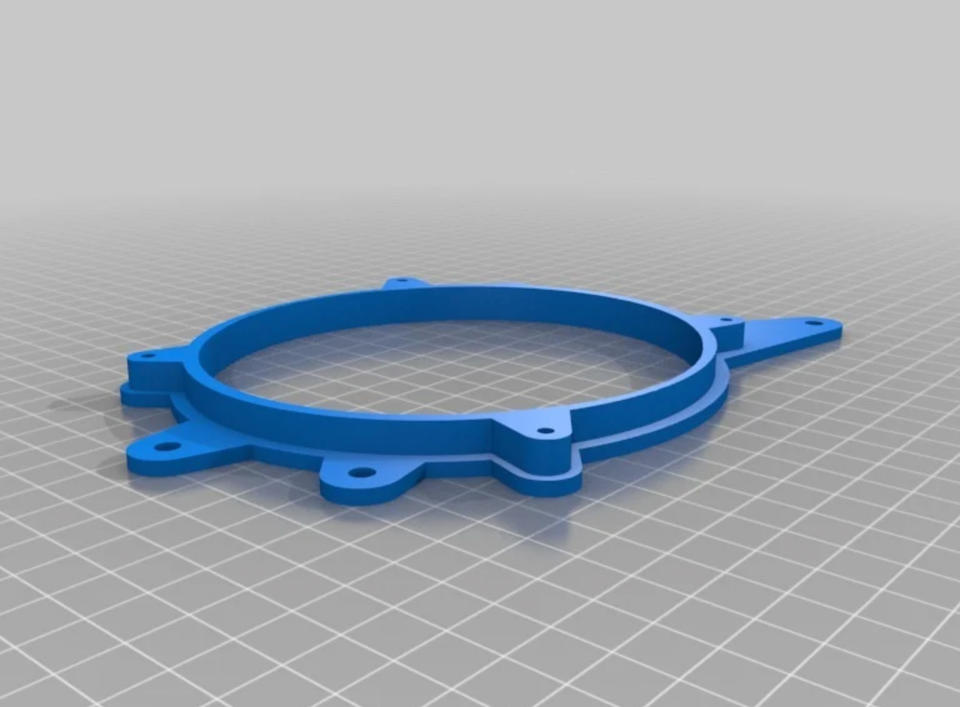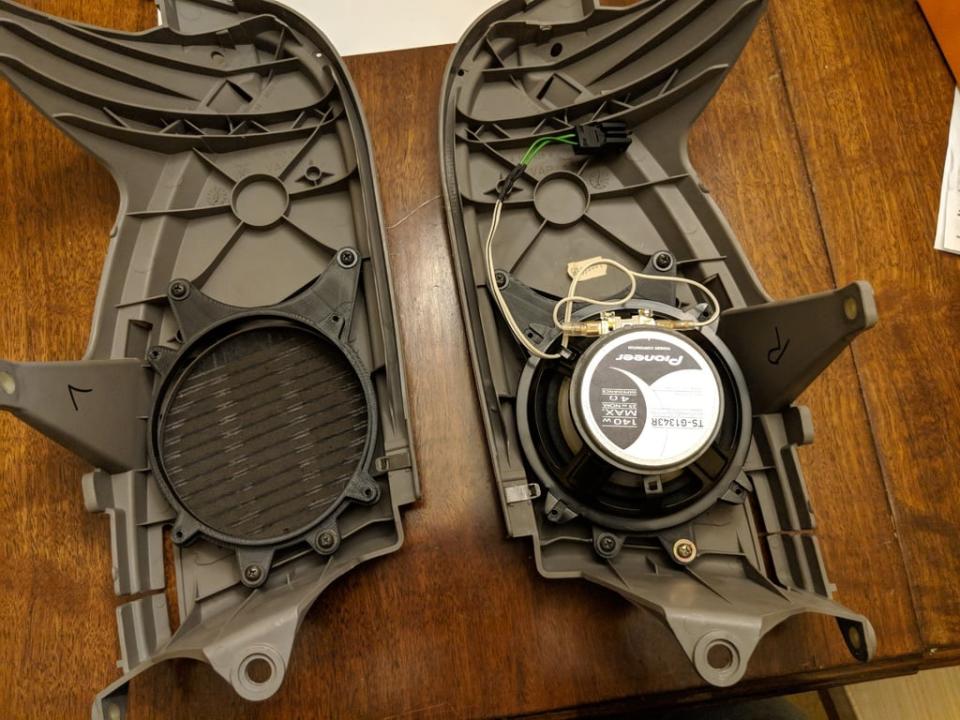PSA: You Can Make Unobtainable Car Parts at Your Local Library

I make a big deal out of infotainment and head units, but a car’s speakers are far more important. Those cones put the “sound” in the sound system, but mounting speaker replacements or upgrades isn’t always easy—especially on older cars like my 1997 BMW 318ti, which require parts that are no longer in production for inevitable repairs.
Thank heavens, then, for 3D printing and fellow BMW owners on the internet. Like me, they know the struggle of replacing the stock 4-inch rear speakers in the 318ti, which won’t take 5.25-inch speakers without an adapter bracket that can be hard to find. Or rather was, until a generous gearhead drafted a similar adapter and made the STL file freely available on Thingiverse.

I first encountered this problem five years ago when one of my rear speakers blew out. As any good BMW owner would, I tried to get replacements from Bavsound, which are plug-and-play with BMW’s dumb proprietary connectors. But the 318ti has a different speaker configuration than other E36 3-Series cars, and I didn’t want to roll the dice on Bavsound’s kit not working.
Standard 5.25-inch speakers are also cheaper and easy to find locally. The problem was fitting the bigger and better-sounding speakers on the back panels, which are built for the stock 4-inch rears. Owners have been running into this issue going back decades, based on old 318ti.org forum posts, and solutions have ranged from custom fabrication to rare and expensive adapters from speaker manufacturers.
For some reason that I can’t fully explain—divine intervention, maybe—the bracket adapters popped up on Thingiverse right around the time my speaker blew out, 17 years after those forum threads. Happy chance, I know.
Engineer and graphic designer Andrew Curtin posted the adapter to Thingiverse in 2018 under a Creative Commons license, meaning it’s free to download, archive, and 3D print. The maker of the adapter summarized the project, explaining that other “adapters aren’t easily available in the US, and they’re rather expensive.”
“I’ve made my own adapter,” the description reads.


The adapters are a simple circular design with holes to fasten onto the car’s panels and other holes to screw down the bigger speakers. It even uses the four fasteners from the stock plastic assemblies that house the tiny Nokia speakers that came with the car to angle them toward passengers. The free adapters don’t angle the larger replacement speakers like before, but I’d rather live with that than blown speakers any day.
So, I downloaded the files, put them on a USB drive, and started looking for a friend with a 3D printer. As it turns out, lots of universities and libraries have 3D-printing labs that are available to the public. My local library, indeed, has an “MPLab” for such projects.
The 3D prints cost 10 cents per gram at the library, and the brackets weigh next to nothing. For an average Joe like me, window-shopping for speaker replacements from Bavsound, print prices at the library were absurdly cheap. I filled out a form, paid for the prints, and picked them up about a week later.
By then I had picked up a couple of 5.25-inch Pioneer speakers at a big box for the price of two 180-gram vinyls, around $65 more or less. I stripped BMW’s speaker connectors from the rear harness and replaced them with tidy female spades. Everything fit seamlessly, and, to this day, the bigger speakers remain one of my best upgrades in terms of bang-to-buck.
On behalf of the countless dozens of us 318ti owners, I would like to say thank you. If it weren’t for the unsung hero on Thingiverse and the local library, my BMW hatchback would be a buzzy mess while playing De La Soul’s “Magic Number,” and that would be a shame, to be sure.

Got tips? Send ’em to tips@thedrive.com

 Yahoo Autos
Yahoo Autos 